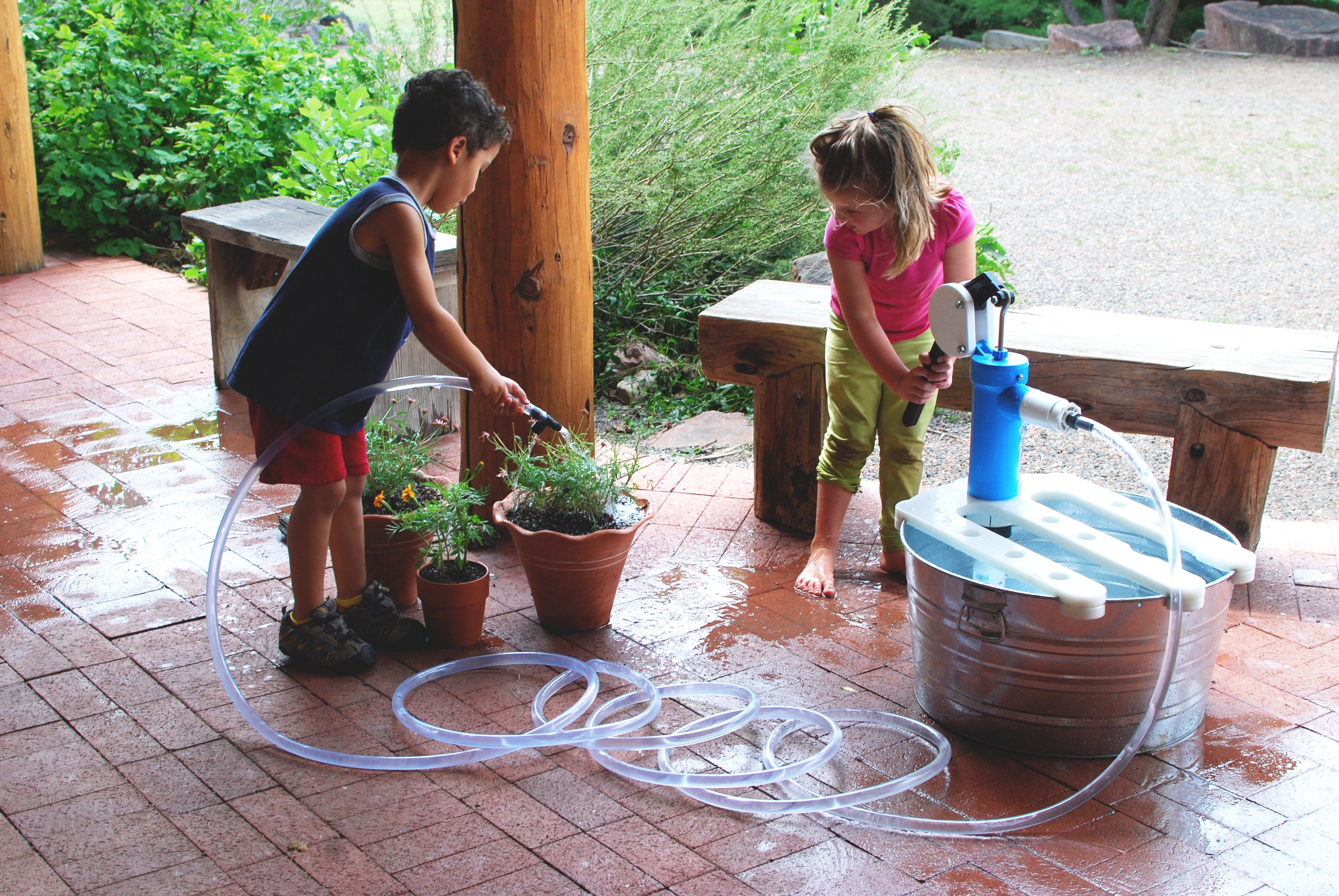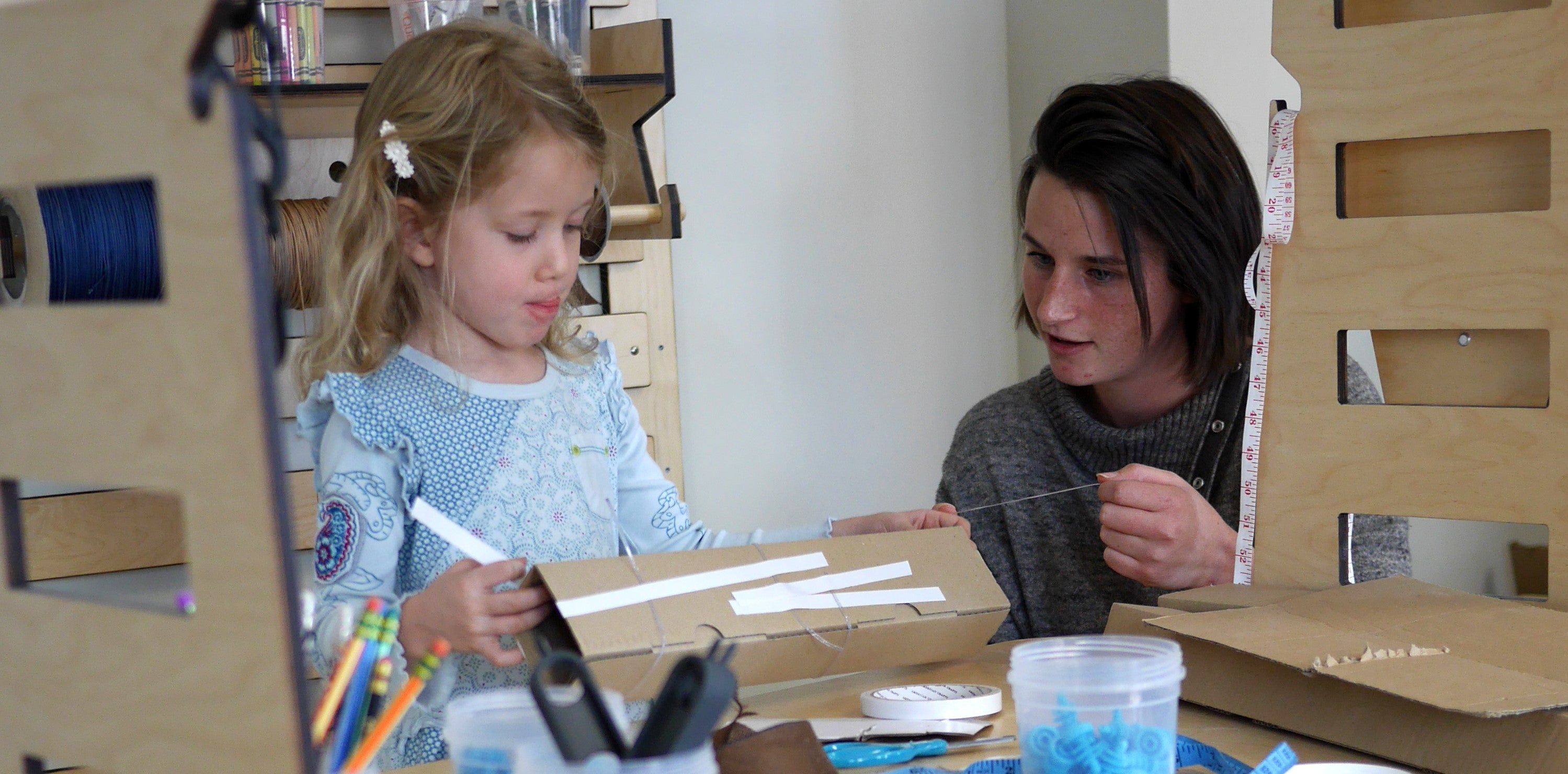On January 27th, Miriam Beloglovsky and Kodo had the wonderful opportunity to present the webinar, Provoking Inquiry with Loose Parts, in collaboration with Early Childhood Investigations. With that, we received such thoughtful and meaningful questions around Loose Parts. Throughout the next several weeks, we will continue the conversation with you by answering some of the questions that were presented to us.
Disclaimer: The information provided by Kodo Kids and Playful Transformation within this blog is for general information only. All information within the blog is for informational purposes only. For further information on sanitation protocols, please refer to the Center for Disease Control, State Health Guidelines, and program specific policies and procedures. We recommend looking at the state licensing standards, the CDC and local health professionals to provide guidelines and recommendations for cleaning and sanitation methods.

Diane Spahn:
It really depends on the kind of material, such as plastic, metal, fabric and so on. Each category should be cleaned in a different way.
Consider using a mesh bag with a bunch of easy to clean materials, swish them in a sink full of hot soapy water, hang to dry overnight, and then use your sanitizing spray the next day.
Miriam Beloglovsky:
Using water play can also help with keeping Loose Parts clean. Children enjoy washing rocks, and tiles. The process is soothing and engaging. At the end of the water play, the Loose Parts can be spread out to dry.
In agreement with Kasey and Diane, I would also recommend aving a cleaning and disinfecting plan in place that is created in collaboration. A plan can unify the cleaning system across the program and make it more efficient.
Kasey Kile, Director of Professional Development - Kodo Kids:
I would reiterate what Diane said. The type of materials that you are cleaning/sanitizing would change the way that I approach sanitizing. For example, when considering a plastic or silicone based materials, it is really easy to utilize a bucket of soapy water to start with, rinsing them in another container, and then laying them out to dry and spraying them down with your sanitizing solution. Consider looking for more information at a blog I wrote previously: Making Cleaning Simple During Challenging Times.
Some materials are dishwasher safe and make for easy cleaning by placing them on the top rack to clean. Additionally, I have used lingerie bags and put a variety of materials in the washing machine. Now, would I do that with beautiful wooden materials? Absolutely not! I am much more gentle with the wooden materials, but have still continued to use them in programs during COVID. We do not submerge them in water, but rather spray each piece with a Green Cleaner and damp cloth and allow them to thoroughly dry.

Diane Spahn:
I would encourage a new list of acceptable loose parts is developed in collaboration with those in the program. Consider materials that can easily be found and collected by the program and families.
Also, look at what types of materials you are using in your program right now: Are they ones that have been tested for safety? For example, silicone items are safety tested for handling and cooking.
Additionally, consider materials that can be easily cleaned and sanitized. Materials like colorful plastic bowls, silicone cupcake liners, metal or plastic rings, stainless steel drinking straws, ceramic tiles, and squeezable applesauce caps come to mind. Think of ‘found materials’ or recyclable materials that can easily be collected. Also, look at materials that you might already have in your classroom or environment. A collection of marker caps, a group of empty juice or milk bottles, a stack of coasters, a bin full of elbow and other pipe connectors will afford children the opportunity to explore interesting shapes and textures.
Miriam Beloglovsky:
I would encourage you to research the factual regulations. Find out what is available at the community, state, and federal levels that provide guidance for the types of materials that are acceptable.
Kasey Kile:
With COVID, there were and still are a lot of unknowns. Many programs I work closely with continue to receive so many different guidelines making it difficult to decide what materials they should or should not have available. Throughout this challenging time, I go back to what is best for you and the children in your program. If quality materials are not available, then our learning environments suffer. There are many programs that have chosen to follow a more eco-sustainable approach and have been sanitizing their Loose Parts following the required guidelines.
I encourage you to consider the whole child and what is truly best for them. Additionally, consider materials that are easy to come by and easy to part with (recyclable materials). Many families have assisted me throughout the years in collecting and gathering a variety of recyclable materials. Further, what natural materials (rocks, sea shells, pine cones) could be brought inside and used as Loose Parts? Some natural materials are just as easy to clean as manufactured materials.
Many wood pieces can be easily cleaned, and we have added them into infant toddler programs successfully.




Share:
Giving Tuesday
Loose Parts For All Ages